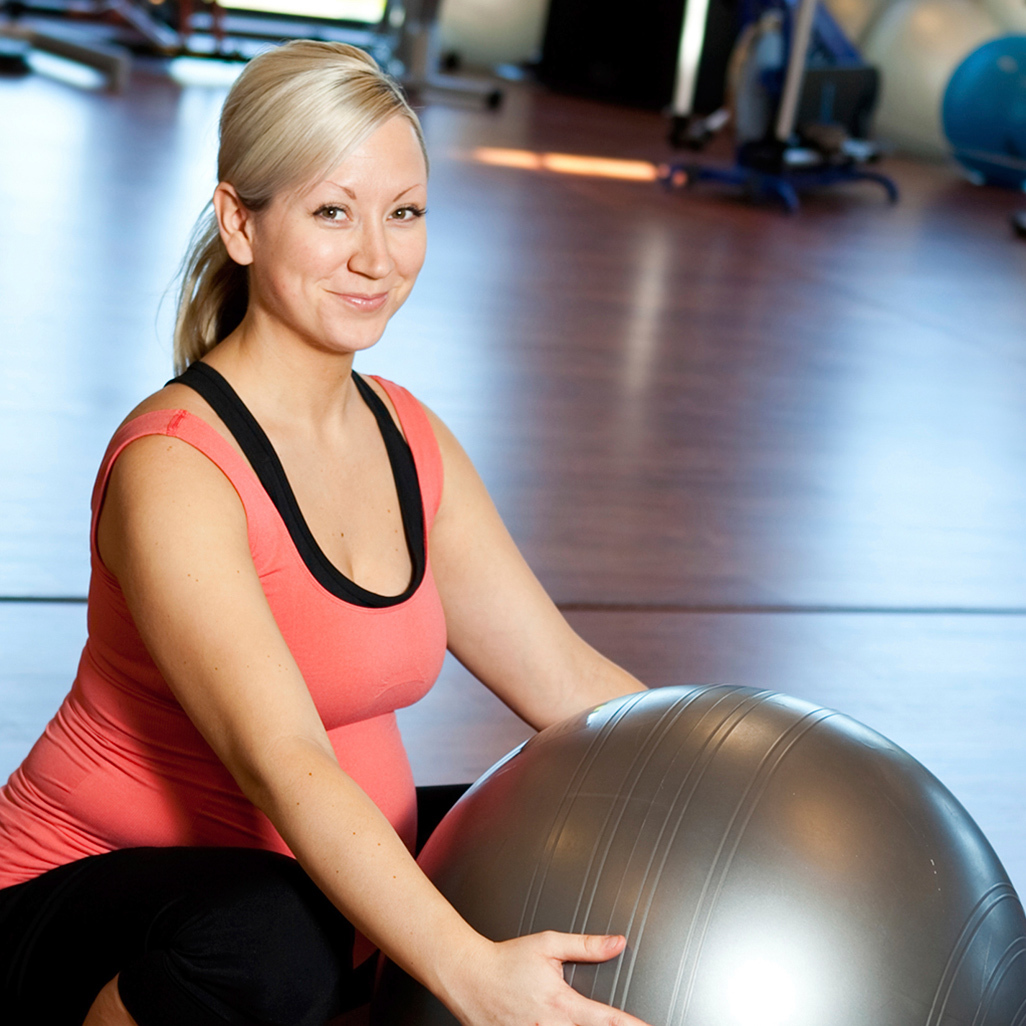
Group fitness is a wonderful way to get in shape and meet new people. USF Recreation & Wellness offers a variety of free group fitness classes. You can choose from Total Body Strength or Yoga classes. Nationally certified instructors will deliver a challenging, yet rewarding workout that is suitable for all fitness levels. No matter what level you are, there is a class suitable for you.

The gym is open to all, but Group Fitness classes can be accessed via Microsoft Teams. This page will contain the schedule as well as other important information. You do not need to book a reservation for Group Fitness classes. You can register for a class online or at a kiosk in the Campus Recreation Center lobby. Participants who sign up for more than one class may register as "Standbys" up until five minutes before classes begin. If they have falsely claimed their information, anyone who doesn't sign up will get their membership back.
Campus Recreation offers various classes. Some are held in the Campus Recreation Center or the WELL Fitness Center. Some classes can be accessed via Microsoft Teams. Participants don't have the need to travel for them. All students can attend in-person classes, but they are limited in number. If the group needs to meet in the WELL fitness center or somewhere private, they may opt for a separate location.

Group Cycle is another unique feature of Group Fitness. This unique indoor cycling class tests riders' speed and resistance to increase cardiovascular and muscular endurance. Its MyWellness App allows you to track your cardio workouts. The Cycle Concert Series allows patrons to watch their favorite musicians live, while a new artist is featured each week. These unique programs are open to all and are a great way for people to exercise without being obtrusive.
FAQ
How many times per week should I exercise
It all depends on how much time and what kind of exercise you like. An average guideline is to do moderate-intensity aerobic activity 3 to 5 days per semaine. It is important to not overdo it. For maximum results, consistent exercise is key to getting the most out of your workouts.
What exercises are the best?
It all depends on what type of fitness goals you have. Some people are more focused on endurance activities such as running, cycling and swimming. Some people enjoy lifting weights and using resistance bands. There are many types of exercise programs today. You can choose the one that best suits you.
Are Cardio exercises good or bad for your health?
Cardiovascular exercise offers many benefits. It improves blood circulation, strengthens heart muscle, gives you energy, and can even help you lose weight.
Cardiovascular exercise includes running, biking, hiking, swimming, tennis, basketball, soccer, volleyball, football, etc.
It is important to keep in mind that cardio exercises should not only be performed at a high level of intensity, but also at low levels. This could cause injury.
The cardiovascular exercise should only be performed if you feel good.
Don't push yourself beyond what you can handle. In this way, you may injure or even kill yourself.
It is important to warm up before you begin any cardiovascular exercise. Start slowly increasing your intensity.
Always listen to your body. If you feel pain while performing cardiovascular exercise, it is important to stop immediately.
After a cardio workout, it is a good idea to take a break. This allows your muscles to recuperate.
Cardiovascular exercise is essential for losing weight.
It is the most effective way to burn calories and reduce belly fat.
What is butter good for?
Butter is one of many good sources of saturated fats. This type is beneficial for healthy skin and hair as well as stronger bones.
Vitamin K is also found in butter, which helps prevent bleeding from cuts or bruises. Vitamin K is combined with vitamin C to prevent bruises.
Butter also contains minerals like calcium, phosphorous and potassium. These elements help to build stronger bones and teeth.
Butter has its limitations. Butter contains high levels of cholesterol. Some studies show that consuming too much cholesterol may increase the risk of developing cardiovascular disease.
Butter is also high in saturated fat which can lead to obesity and higher cholesterol.
But if butter is a must, you can spread it on bread and not dip it in soups or salads. Bread absorbs more oil that pasta and potatoes.
Which workout is best to build muscle?
There are two major exercises that you should do when you want to build muscle mass. These are compound movements and isolation exercises. While isolation exercises focus on specific muscles, compound moves target multiple muscle groups simultaneously.
It is important to do exercises that work all of your major muscles groups. This ensures that your sessions are challenging and you are always working hard.
An app called MyFitnessPal allows you to keep track of everything. It can track everything from calories burnt to weight lifting. You can also make custom meal plans according to your goals.
Is it true?
Protein helps maintain healthy bone and tissue. Over-consuming protein can result in calcium being excreted through the kidneys. This can lead to kidney stone formation.
It is important to remember that not all people get kidney stones from eating more than 2g protein per kilogram (2.2lbs) of body weight. People can eat large amounts of protein and not get kidney stones.
You can prevent kidney stones by watching your sodium consumption. Sodium regulates the body's water balance. Too much sodium can lead to kidney stones.
If you have kidney stones, you can reduce your intake of protein. The majority of adults need protein for half their daily caloric needs. If you cut back on protein, you'll likely lose weight.
If you do decide to eat more protein, don't go overboard. You should aim to consume less than 20% of your total calories from protein.
What is the best 7-day workout program?
A seven-day exercise plan should include cardiovascular training (running/biking/swimming), strength exercises (using weight machines, free weights) and one flexibility/core program (yoga or Pilates). Each activity should be performed at least once each week. The total time for each session should not exceed 45 minutes.
Cardiovascular Exercise: Running, Biking, Swimming
You should aim to get at least 60 mins of cardio exercise per week. Aim for 75 minutes per week to get the best results. Cardio exercises can be used to increase blood flow, stimulate muscle growth, and improve blood circulation.
Strength Training
Cardio exercises target the heart, lungs and muscles. Strength training targets the muscles, tendons and bones. Strength training is a great way to build lean muscle mass that helps you burn calories even if you are not actively exercising.
Flexibility and Core Workouts
Flexibility and core workouts are great ways to strengthen your entire body. Both yoga and Pilates can be great choices.
Why Metabolic Well-being is the Key to Aging Well
People are living longer lives today than at any point in history. But as they do, they're also getting sicker. Our current medical science approach is not working, even though we've made many advances.
We must change the way that we look at health and aging. To achieve healthy aging, we must look at metabolic health as more than just weight loss. It is also important to consider overall wellness.
Your metabolism must be strong and healthy to ensure you live an active lifestyle for many years to come.
The good news? There are many things you can do to improve your metabolism. One of those ways is to incorporate these 7 foods into your diet:
-
Resveratrol in blueberries has been shown to support cell longevity. They are rich in antioxidants as well as vitamins C & E.
-
Lentils and pinto beans, which are legumes, provide great fiber and plant-based sources of protein. These nutrients help keep blood sugar levels steady so they won't spike and crash.
-
Broccoli is rich in sulforaphane. Studies have shown that it protects cells from DNA damage. It might even slow down the progression of cancer.
-
Chia Seeds contain high levels of fiber and omega-3 fat acids. They're also loaded with antioxidants and protein. These nutrients promote gut health, brain function and heart health.
-
Green Tea is rich in polyphenols known as catechins. Studies show that catechins in green Tea can reduce the risk of developing diabetes, stroke, cognitive decline, and bone fractures.
-
Salmonis rich in vitamin D and low in saturatedfat, salmon is one of the best sources for lean protein.
-
Walnuts contain omega-3s and antioxidants like alpha lipoic acid (ALA). ALA is an antioxidant that protects against inflammation. It also boosts energy production.
Statistics
- The PRS enabled risk stratification for overall prostate cancer and lethal disease with a four-fold difference between men in the highest and lowest quartiles (HR, 4.32; 95% confidence interval [CI], 3.16-5.89). (pubmed.ncbi.nlm.nih.gov)
- Candidates and applicants must pass all four tests at 70% (minimum level) to graduate from Basic Deputy U.S. Marshal (BDUSM) Training. (usmarshals.gov)
- By John Thompson Take a whopping 38% off a set of PowerBlock Pros. (menshealth.com)
- Get free shipping and 25% off today. (healthline.com)
- Are You One of the 20% of Guys (mh.co.za)
External Links
How To
How do I lose fat by exercising?
Exercise burns calories by increasing metabolism and oxygen consumption.
Moderate intensity exercise is a safe way to lose weight.
These tips will help you burn fat and keep fit while exercising.
-
Cardio exercises like walking, running (or jogging), swimming, cycling, running, and/or elliptical training are all good options.
-
Three times per week, exercise for 30 minutes.
-
You can lose weight by adding strength training to the routine.
-
Avoid intense training. It is possible to build muscle without destroying muscle tissue.
-
Keep hydrated during exercise. Water flushes out toxins, and keeps your body properly hydrated.
-
After working out, make sure to drink low-fat proteins shakes. Protein shakes repair muscles and increase energy.
-
So you don’t feel hungry, eat smaller meals throughout your day.
-
Don't skip breakfast! Skipping breakfast can lead to fatigue and sluggishness.
-
Mental health is important. Stressful situations can slow your metabolism.
-
Keep a positive attitude. Studies show that people who believe they are overweight gain more weight then those who think they are attractive.
-
Get enough sleep. Insufficient sleep can make it more difficult to lose weight.
-
Keep active. Get up every hour and get moving.
-
Maintain a healthy diet. You will feel fuller longer if you eat right.
-
Find relaxation techniques. Relaxing doesn't mean your body releases stress hormones which cause muscle tissue to be destroyed.
A balanced diet includes all essential nutrients needed for growth and development.
You should eat six small meals per day rather than three large ones. This allows your body to properly digest what you have eaten.
For strong bones, we need 500 mgs of calcium daily. Calcium can be found in dairy products such as yogurt, fortified soybean beverages, orange juice, cereals, bread, and cereals.
Calcium is found in leafy green vegetables and beans, tofu as well as nuts, seeds, cheese, and seeds.
Vitamin D is required for calcium absorption. Vitamin D can be found in egg yolk, fatty fish, and other fortified foods.
Vitamin E is essential for skin health. Vitamin E can also be found in vegetable oil, wheat germ oils, peanuts as well almonds, sunflower seeds and corn.
Your body needs zinc to maintain normal immune function and heal wounds. Zinc can also be found in legumes, oysters, meats and whole grains.
Zinc deficiency may cause fatigue, loss appetite, depression, and impaired immunity.
Eating too much sugar causes insulin resistance, which increases blood glucose levels. Insulin resistance can lead to weight gain.
When there is a high level of free radicals, insulin resistance can develop. Free radicals are molecules with unpaired electrons that damage cell membranes and other parts of the body.
The most common sources of free radicals include food additives.
Free radical damage can cause cancer, heart disease and diabetes, as well as arthritis, asthma, and other diseases.
To prevent free radical damage, eat a healthy diet rich in antioxidants. Antioxidants protect against oxidative damage.
Vitamin C can be found in citrus fruits. Beta carotene can be found in carrots. Sweet potatoes. Tomatoes. Carrots. Sweet potatoes. Spinach. Broccoli. Cantaloupe. Vitamin E is found in nuts. Olive oil, avocados.
Selenium, manganese (and zinc) are other antioxidant nutrients.
Selenium helps to protect cells against free radicals and oxidative stress. Selenium may be found in Brazil nuts as well tuna, liver and kidneys. It can also be found on shrimp, cod, turkey, beef lamb, pork, chicken, and other foods.
Copper protects eyes, brain, lungs and red cells. Copper is found in shellfish, poultry, meat, and organ meats.
Manganese, an essential component of bone strength, is crucial. Manganese may be found in brown rice or spinach, bananas and prunes as well raisins, oatmeal and lentils.
Zinc is important for healthy growth, reproduction, and wound-healing. Zn can be found in lean cuts, white fish, poultry, eggs, and other foods.